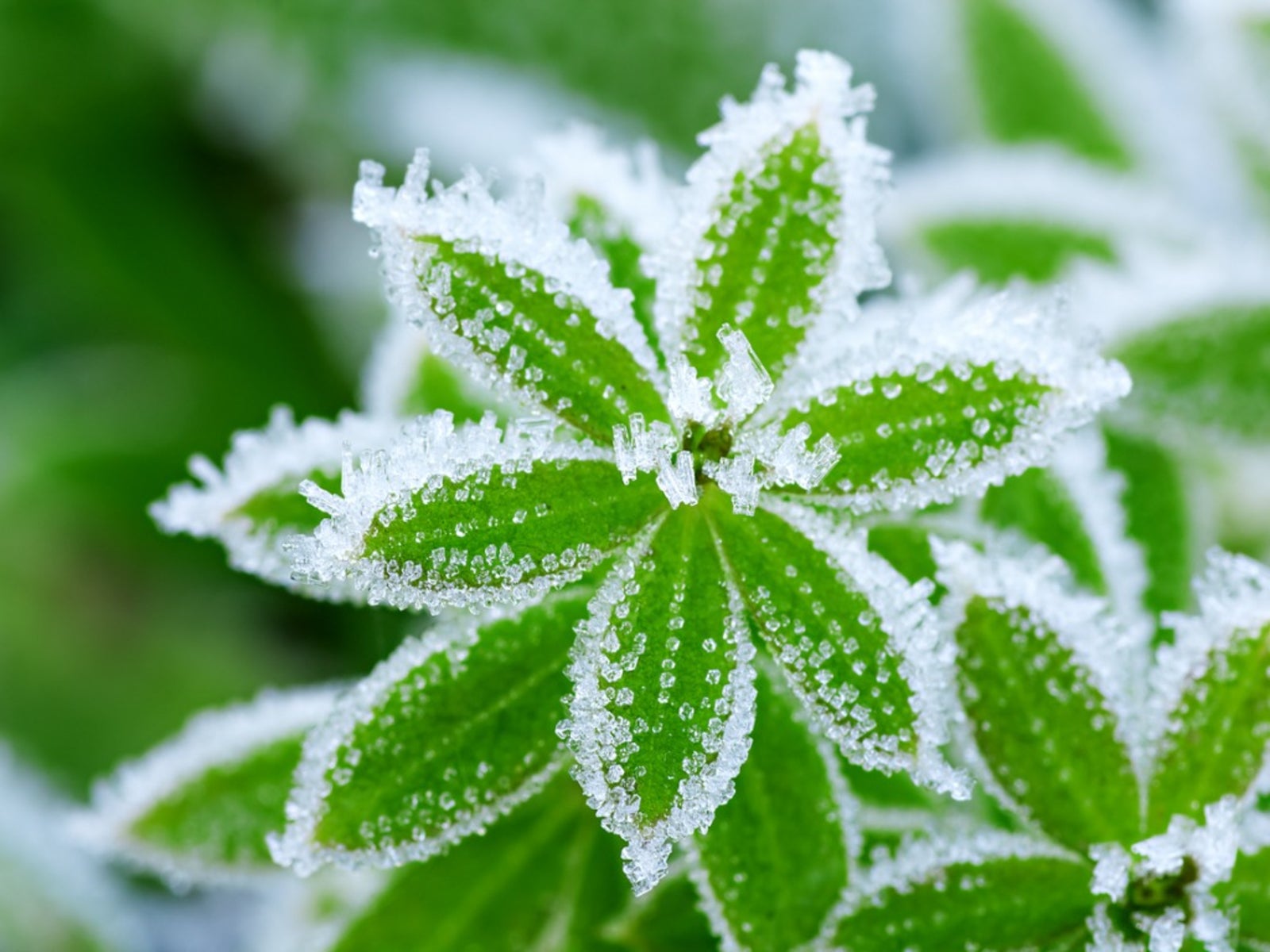How To Determine Last Frost Date


Knowing about frost dates is very important to gardeners. A great many things on a gardener's to-do list in spring depend on knowing when is the last frost date. Whether you are starting seeds or just want to know when it is safe to plant your vegetables out in your garden without fear of losing them to frost, you need to know how to determine the last frost date.
When is the Last Frost Date?
The first thing you need to know about frost dates is that they vary from place to place. This is because last frost dates are based on information gathered from historical meteorological reports. These reports may go back 100 years or so.
The last frost date is the latest date that a light or hard frost was recorded 90 percent of the time. What this means is that while the last frost date is a good indicator of when it is safe of put out plants, it is not a hard and fast rule but an approximation. In the historical weather data, a frost occurred after the official last frost date 10 percent of the time.
Normally, the easiest way to find the last frost date for your area is to either consult an almanac, which can be found at your local library or bookstore, or to call your local extension service or farm bureau. Even though these frost dates are not absolutely foolproof in making sure that your garden is not affected by Mother Nature, it is the best guide gardeners have as to how to plan their spring garden.
Sign up for the Gardening Know How newsletter today and receive a free copy of our e-book "How to Grow Delicious Tomatoes".

Heather Rhoades founded Gardening Know How in 2007. She holds degrees from Cleveland State University and Northern Kentucky University. She is an avid gardener with a passion for community, and is a recipient of the Master Gardeners of Ohio Lifetime Achievement Award.